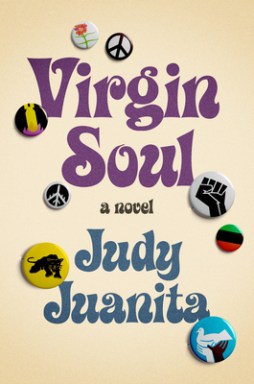The Burn Palace: A Novel by Stephen Dobyns is an enchanting kind of book, a pick-it-up-at-the-bookstore-because-the-dandelion-yellow-cover-calls-your-name kind of book, a read-the-glowing-blurb-from-Stephen-King-on-the-back-and-you’ve-gotta-get-it-now kind of book, a happy-to-curl-up-with-its-little-towns’-happenings-at-night kind of book, a baby-turns-snake-while-vicious-coyotes-prowl-oh-my! kind of book.
In The Burn Palace, small town life get weird. The quaint community of Brewster begins experiencing bizarre (and possibly supernatural?) occurrences: coyotes turn cruel, and a baby disappears from a bassinet leaving a snake in its place. Characteristics of small town life once considered quaint and sleepy become glaringly inefficient in a crisis, and Dobyns ensures we are privy to each town resident’s struggle to adapt to the odd on-goings and the hysteria surrounding the events.
Dobyns writes in a fantastical tone, boldly dropping into the second point-of-view (that’s right, you heard me) to include the reader as a sort of peeping tom, an unseen witness or incredibly private private investigator, and we are taken flying through the town and into residents’ homes at intimate times, checking out their thoughts as they tuck themselves into beds, asking us to try and put together the puzzle pieces while we also feel the tension bubbling up within the community like a pot ready to overflow.
The one thing (okay, maybe two things) glaringly absent here were a map and a character list. With such a focus on the layout of the town of Brewster, and such a wide array of characters included, I kept flipping back to the beginning of the book seeking an illustrated map of the town that just wasn’t there. Would it have been a bit too cheeky? I think Dobyns already took us there, and it would have felt just right. So many characters were introduced so quickly and briefly, that I had a hard time keeping them straight. I think a map and a list of characters, their relations, and professions at the beginning of the novel would have been a greatly utilized tool to help readers further envision and understand the town we were being invited into.
In many ways, The Burn Palace feels like a light tale when compared with some of the gritty and gruesome mysteries that are popular today. I have a lot of love for darker mysteries, but some can get so graphic that I wonder where authors have left to go. When we’ve all visited our darkest nightmares, where will we go for our thrills? The Burn Palace reminds me that the shock value doesn’t always need to be there for a great mystery. All you need is a great story, one that people would enjoy gathering around a campfire to hear, maybe. One that perhaps starts in a small town, maybe a town named Brewster, on a dark and windy night…
The Burn Palace on Amazon.com/Indiebound.org
Related articles
- Stephen Dobyns: Noir Poet (blog.zolabooks.com)
- Small town, magic snake in Stephen Dobyns’ ‘The Burn Palace’ (articles.latimes.com)
- How I Write: Stephen Dobyns (blogs.artinfo.com)














